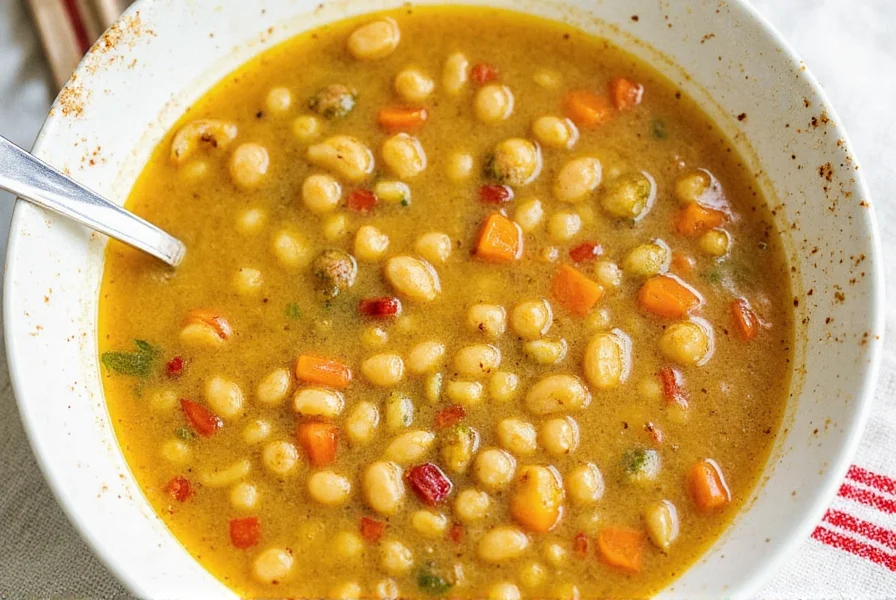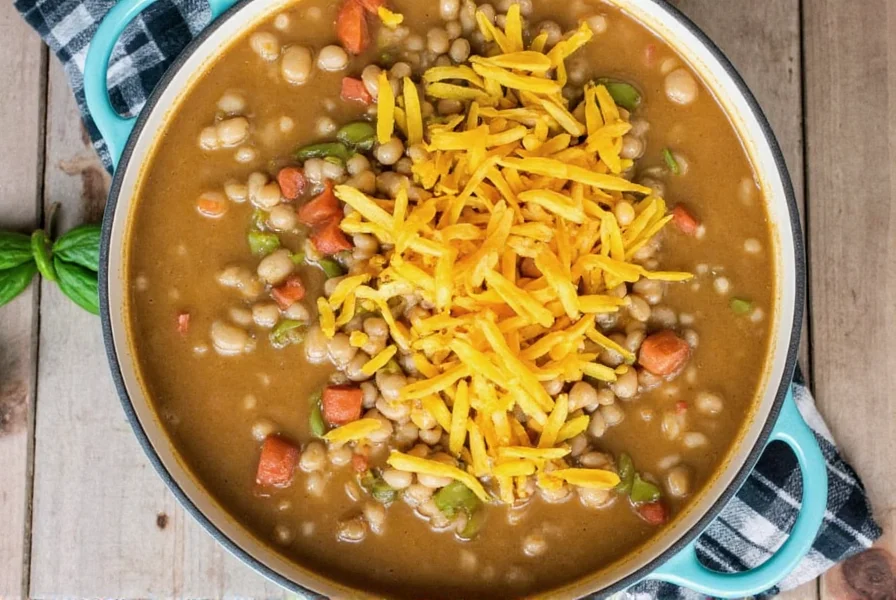Looking for the best spices to elevate your split pea soup? You've come to the right place. Here are the top 7 spices that transform ordinary split pea soup into a rich, flavorful dish — with exact quantities and pro tips for perfect results every time.
Top 7 Split Pea Soup Spices
- Thyme: 1 tsp dried (or 3 tsp fresh) — add early for deep infusion
- Bay Leaf: 2 whole leaves — remove before serving
- Black Pepper: ½ tsp freshly ground — sprinkle at the end for brightness
- Onion Powder: 1 tsp — adds savory umami base
- Celery Seed: ½ tsp — toast lightly for maximum aroma
- Smoked Paprika: ½ tsp — perfect for vegetarian versions
- Nutmeg: Pinch — enhances natural sweetness
| Spice | Whole Form | Ground Form | Best For |
|---|---|---|---|
| Thyme | Yes (fresh sprigs) | Dried leaves | Long simmering or roasting |
| Bay Leaf | Whole leaf | Rarely used ground | Soups and stews |
| Black Pepper | Whole peppercorns | Ground | Almost anything! |
How to Use These Spices Like a Pro
Layering Flavors: Start with oil or fat, toast spices gently before adding broth to activate essential oils. Fresh vs. Ground: Whole spices last longer; ground spices lose potency faster. Always check expiration dates.
Buying Guide: Choosing the Best Spices
What to Look For: Check "packed on" dates (whole spices last 4 years, ground 2-3 years). Store in airtight containers away from light and moisture. Recommended Brands: McCormick (affordable), Penzeys (premium), The Spice Garden (organic).
FAQs About Split Pea Soup Spices
Can I substitute fresh herbs for dried ones?
Absolutely! Use three times the amount of fresh herbs compared to dried.
Is there a salt-free version of split pea soup seasoning?
Yes! Mix onion powder, garlic powder, thyme, celery seed, and smoked paprika.
What's the difference between smoked and regular paprika?
Smoked paprika adds deep smoky flavor (perfect for vegetarian versions). Regular paprika provides mild sweetness without smokiness.
Do I need to soak split peas before making soup?
No. Split peas cook quickly (45-60 minutes) — just rinse thoroughly before use.












 浙公网安备
33010002000092号
浙公网安备
33010002000092号 浙B2-20120091-4
浙B2-20120091-4